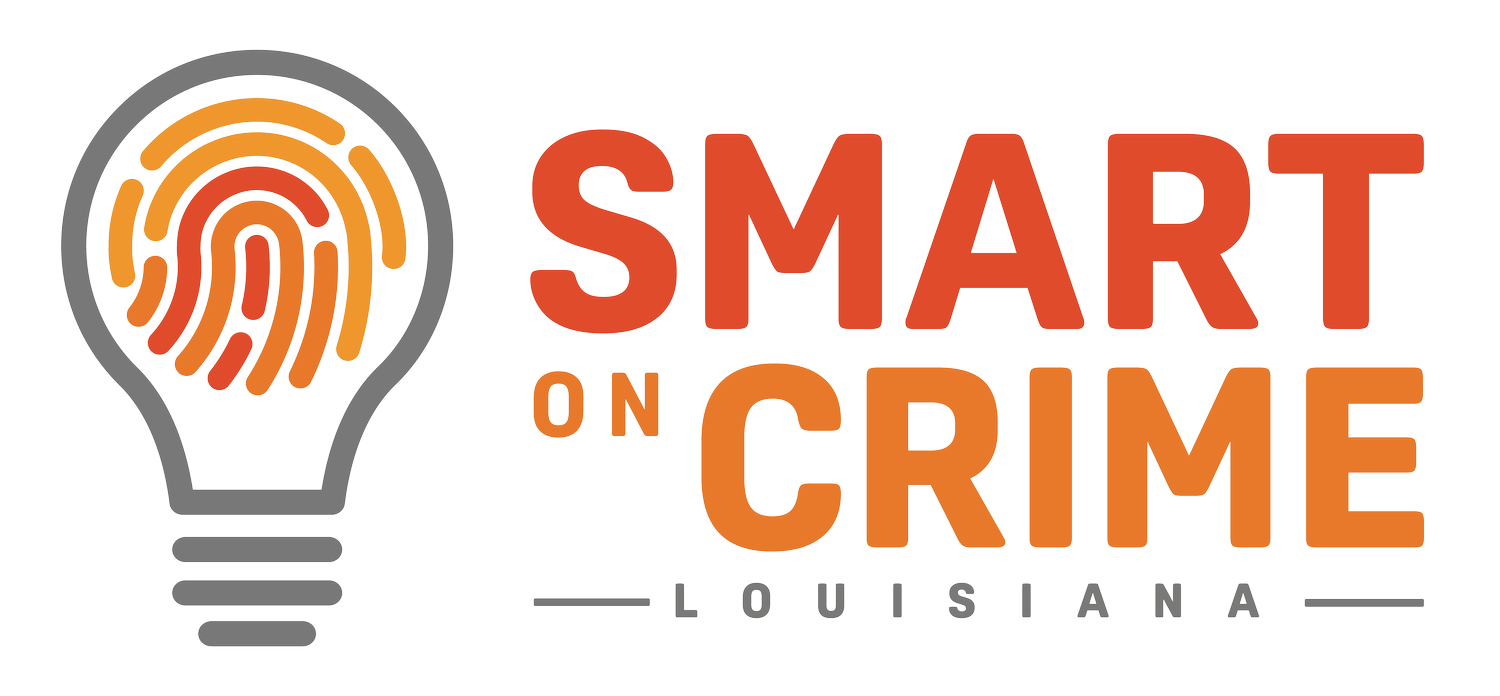Costly, Crowded Prisons and Obstacles to Reentry
Prison crowding can have far-reaching consequences, straining resources and increasing violence, which in turn makes the criminal justice system less effective. Louisiana’s local jails are feeling the pressure of crowded facilities and overflow from state prisons, along with the disorder that accompanies them. Addressing prison overcrowding is vital to improving reentry pathways and reducing recidivism in Louisiana.
Louisiana leads the nation in state prisoners incarcerated in local jail facilities. When state prisons reach their maximum capacity, they pay local prisons to house those they cannot. The practice is common, as Louisiana continues to have high incarceration rates. As a result, smaller jails with staff and facilities geared toward shorter sentences and lower level crimes are facilitating inmates with longer sentences and often, more requirements. To make matters worse, delays in the judicial proceedings around an arrest often result in pretrial detainees spending far longer than initially anticipated in local jails as they await their day in court. New laws passed by the state legislature last year are expected to exacerbate this problem in the near future.
According to reporting from November of last year in a Lafayette newspaper, the Current, local prisons are stretched thin and also participate in the cycle of transferring inmates to create more space. “Local officials asked the Louisiana Department of Corrections to transfer seven state prisoners out of the Lafayette Parish Correctional Center, what should have been a routine request. But this time, the state said it couldn’t take a single inmate off LPCC’s hands. ‘Every jail we have contacted is at full capacity.’” Strapped for everything but prisoners, the officials overseeing correctional facilities in Louisiana have limited bandwidth for improving prisons with evidenced-backed services and programming.
While the research is both abundant and clear that in-prison education, training, and focused reentry initiatives yield powerful, positive results for their communities, these practices are exceedingly difficult to implement under the current circumstances. A reentry program geared toward someone with a shorter sentence will look far different than the educational and vocational needs of an inmate serving a far longer sentence, yet both are often housed under the same roof of a local jail. This discrepancy, along with the practical obstacles of crowding and a spread-thin staff, create major barriers to developing a thoughtful approach to reintegration to help individuals while improving public safety and serving local workforce needs.
Proven solutions are available to ease the pressures of crowded jails and courts. Developing a felony classification system would simplify sentencing and release protocols. The streamlining impact of such a system could ensure that those within the criminal justice cycle are less likely to be passed from location to location, awaiting a trial date or complicated sentencing. Additionally, specialty courts like reentry and drug courts can offer alternatives to traditional incarceration while providing offenders with the resources they need to return to society as contributing members. Smart on Crime, in partnership with the Pelican Institute for Public Policy, has outlined these policies alongside examples and data to back their efficacy in “The Future of Conservative Justice.”
Just as crowded prisons lead to a host of other problems—from violence to increased costs— smart, data-backed reforms can yield a cascade of positive outcomes, including less crowding, reduced recidivism and a more efficient justice system. Addressing the crowding issue is a crucial step to accessing the reentry pathways the communities of Louisiana so desperately need.
